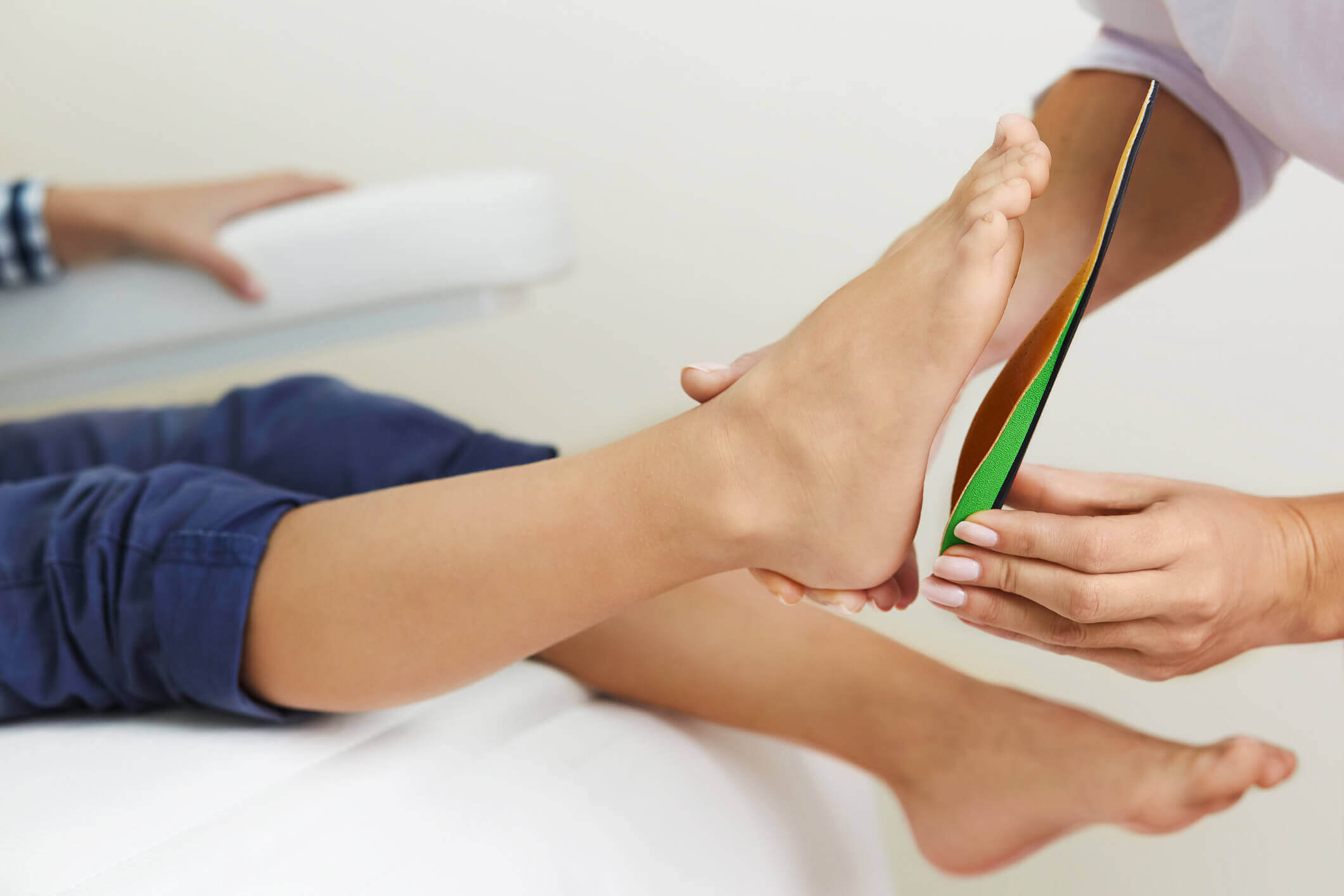As with all other types of medical procedures, podiatric procedures have some risks for the patients. While most podiatric malpractice cases involve a physician deviating from the podiatric standards of care, some malpractice cases involve a failure by the doctor to inform the patient of foreseeable risks. In those cases, a podiatrist may be liable for damages sustained by a patient if the podiatrist failed to obtain informed consent before performing a podiatric procedure. If you are unsure whether malpractice caused your injury, you may want to consult a New York podiatric malpractice attorney for a case review.
What is Informed Consent?
Before a podiatrist performs a procedure, the physician must provide the patient with certain information. Providing the information and obtaining permission to perform the procedure is referred to as “informed consent.” A physician who fails to obtain informed consent may be guilty of medical malpractice.
Informed consent requires the physician to explain certain things to a patient including:
- The treatment or procedure the physician recommends to the patient
- Why the physician recommends that particular treatment over other treatments or procedures
- Any alternatives to the prescribed treatment or procedure
- The benefits of the prescribed treatment or procedure
- Any reasonably foreseeable risks involved in the procedure or treatment
If a podiatrist or other medical provider fails to explain all the elements required under informed consent adequately, that action may be malpractice.
The Foreseeability of Risk in a Podiatric Procedure
How is it possible for a podiatrist or surgeon able to foresee every possible risk associated with a procedure or treatment?
Doctors cannot know what will happen in every situation, but they can use their experience and education to explain the foreseeability of risk for a podiatric procedure. The foreseeability of risk does not refer to every potential risk or outcome that may arise during a treatment or procedure. Informed consent requires a podiatric practitioner to explain the risks that any other reasonably trained and experienced podiatric practitioner might foresee given similar circumstances. In other words, what would other podiatrists consider foreseeable risks of the procedure? Did the podiatric provider explain those risks to obtain informed consent?
Establishing the foreseeable risks in a malpractice case involves consulting medical experts. A medical expert is a person who practices in the same area as the doctor accused of malpractice. Medical malpractice claims heavily depend on the opinions and evidence presented by medical experts.
Are There Exceptions to Informed Consent?
Informed consent does not apply in every case. According to New York informed consent laws, medical providers must obtain informed consent for:
- Non-emergency treatments or procedures
- A patient’s participation in medical research
- A diagnostic procedure involving an invasion of the body
It is important to remember that the lack of informed consent is not malpractice unless the patient suffered harm and damages from complications or risks associated with the treatment or procedure that were reasonably foreseeable but were not adequately explained to the patient. Thereby, depriving the patient the opportunity to decline the treatment and seek another opinion as to the need for the treatment
Contact a New York Podiatric Malpractice Attorney for More Information
A podiatric malpractice claim can be challenging. Malpractice claims involving a lack of informed consent can be even more challenging. If you believe you suffered harm that may have been avoided had you known about the risks associated with the procedure, contact our New York medical malpractice attorneys today to discuss your claim.


